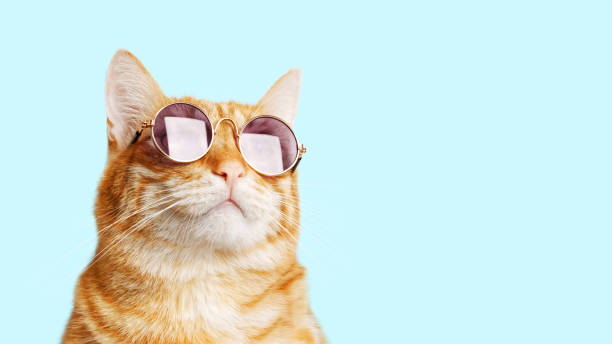
Picking the ideal cat litter for your feline pal can be a daunting task given the myriad of options available on the market. This comprehensive guide will explore the various types of cat litter, their benefits, drawbacks, and everything in between to assist you make a notified decision.
The material of the cat litter plays a crucial role in its effectiveness. Common products include clay, silica gel, recycled paper, wood, corn, wheat, and walnut shells. Each material uses unique advantages and potential drawbacks.
Clay-based litters are the most traditional and extensively utilized due to their high absorbency and clumping abilities, which make clean-up simpler. However, they can be dirty and might not be the finest option for felines or human beings with respiratory issues. Silica gel crystals are extremely absorbent, control odors effectively, and are low upkeep considering that they don't need to be altered as often. Nonetheless, they can be more pricey and some cats might not like the texture. Eco-friendly litters, made from recycled paper, wood, corn, wheat, and walnut shells, are environmentally friendly options. They are usually dust-free and helpful for felines with allergies, however their odor control and clumping abilities differ widely.
The option between clumping and non-clumping litter is substantial. Clumping litter types solid masses when wet, making it simple to scoop out urine and feces, hence preserving a tidy litter cat litter box enclosure box. Non-clumping litter takes in moisture however does not form clumps, which may result in more frequent modifications of the entire litter box.
Smell control is a top concern for most feline owners. Litters are often instilled with baking soda or charcoal to neutralize smells. Preserving a fresh litter box likewise requires routine scooping, ideally two times a day, and following the producer's standards for changing the litter cat litter box enclosure and cleaning up the box.
The health of your feline and the ecological impact of the litter are likewise important aspects. Dust-free or low-dust choices are much better for respiratory health. Eco-friendly litters offer an environment-friendly alternative to clay, which is strip-mined and not sustainable. In addition, it's essential to be knowledgeable about any allergies your feline might have to specific products.
Cost is a vital factor to consider, as the price of cat litter can differ substantially. While silica gel and some naturally degradable litters might be more pricey upfront, their longevity can use cost savings in the long run. Conversely, clay litter is frequently more affordable but requires more regular replacement.
Eventually, the best cat litter is one that fits both your and your feline's choices and needs. It may take some experimentation to discover the best match. Take note of your cat's habits and convenience, as well as the litter's performance in terms of odor control, absorbency, and upkeep.
Picking the ideal cat litter contributes considerably to your feline's health, joy, and the tidiness of your automatic cat litter box home. By thinking about the material, clumping ability, odor control, health impacts, environmental impacts, and expense, you can make an informed decision that benefits both you and your furry companion. Remember, what works best for one cat may not fit another, so be prepared to experiment till you discover the perfect option.